Home>Gardening & Outdoor>Landscaping Ideas>How To Fix Dead Grass Spots
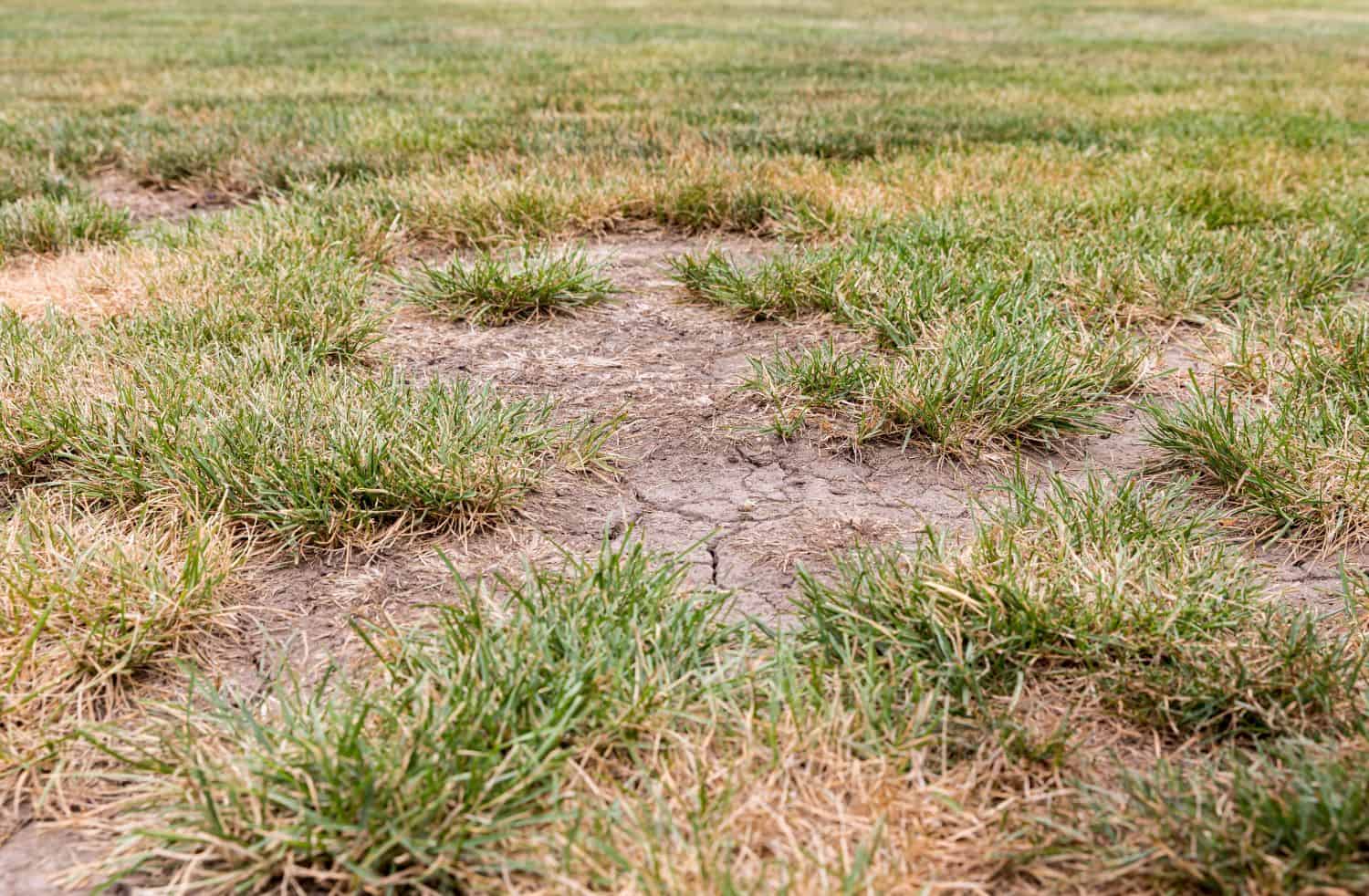

Landscaping Ideas
How To Fix Dead Grass Spots
Modified: October 19, 2024
Learn effective landscaping ideas to revive dead grass spots in your lawn. Discover practical tips and solutions for restoring the lush green beauty of your yard.
(Many of the links in this article redirect to a specific reviewed product. Your purchase of these products through affiliate links helps to generate commission for Storables.com, at no extra cost. Learn more)
**
Introduction
**
Having a lush, green lawn is the dream of every homeowner. However, dead grass spots can be a frustrating and unsightly issue that detracts from the overall beauty of your outdoor space. Whether caused by pet urine, lawn diseases, compacted soil, or other factors, these patches of dead grass can disrupt the harmony of your lawn.
In this comprehensive guide, we will delve into the common causes of dead grass spots, the steps to effectively revive your lawn, and proactive measures to prevent future occurrences. By the end of this article, you will be equipped with the knowledge and techniques to restore your lawn to its former vibrancy and maintain its health for the long term. Let's embark on this journey to revive your outdoor oasis and transform those pesky dead grass spots into thriving, verdant patches of beauty.
Key Takeaways:
- Identify the cause of dead grass spots, such as pet urine or compacted soil, to effectively revive your lawn and prevent future issues.
- Follow steps like aerating the soil and overseeding to fix dead grass spots, and implement preventive measures like proper pet care and regular lawn maintenance to maintain a healthy, vibrant lawn.
Read more: How To Fix Pee Spots In Grass
Identifying the Cause of Dead Grass Spots
Before diving into the solutions for dead grass spots, it’s crucial to identify the underlying causes. Understanding the root of the problem will enable you to implement targeted remedies, ensuring a successful revival of your lawn. Here are some common culprits behind dead grass spots:
- Pet Urine: The nitrogen in pet urine can burn grass, leading to yellow or brown patches. Female dog urine, in particular, contains concentrated nitrogen that can cause more severe damage.
- Lawn Diseases: Fungal diseases such as brown patch, dollar spot, and rust can manifest as discolored or dead patches in the lawn. These diseases thrive in specific conditions and can quickly spread if left untreated.
- Compacted Soil: Soil compaction restricts the movement of air, water, and nutrients to the grass roots, resulting in weakened and dead areas of grass.
- Thatch Buildup: Excessive thatch, a layer of dead grass and organic matter, can prevent water and nutrients from reaching the soil, leading to dead patches in the lawn.
- Improper Mowing: Mowing the grass too short or using dull mower blades can stress the grass, making it more susceptible to damage and disease.
- Inadequate Watering: Underwatering or overwatering can both contribute to dead grass spots. Insufficient moisture deprives the grass of essential hydration, while excessive watering can lead to root rot and other issues.
By carefully observing the affected areas and considering these common causes, you can gain valuable insights into the factors contributing to the demise of your grass. This knowledge will serve as a solid foundation for implementing the appropriate remedies and restoring the health and vibrancy of your lawn.
Steps to Fix Dead Grass Spots
Reviving dead grass spots requires a systematic approach that addresses the specific causes of the issue. By following these steps, you can effectively rejuvenate your lawn and promote healthy, green growth:
- Rake and Remove Debris: Begin by carefully raking the affected areas to remove any dead grass, thatch, or debris. This process will help expose the soil and create a clean surface for the subsequent steps.
- Aerate the Soil: Aerating the soil alleviates compaction and enhances the movement of air, water, and nutrients to the grassroots. Use a garden fork or aeration tool to perforate the soil, promoting a healthier environment for new grass growth.
- Overseed the Area: After aerating, spread a layer of high-quality grass seed over the dead spots. Choose a seed variety that is well-suited to your region and the specific conditions of your lawn.
- Apply Fertilizer: Select a balanced fertilizer or a specialized lawn repair formula to nourish the newly seeded areas. Follow the application instructions carefully to provide the essential nutrients that promote robust growth.
- Water Regularly: Keep the newly seeded areas consistently moist by watering them lightly at least once a day. Avoid overwatering, as excessive moisture can impede the germination process and lead to other issues.
- Monitor and Maintain: As the new grass begins to emerge, monitor the progress closely and ensure that the soil remains adequately moist. Gradually transition to a regular watering schedule and adjust the maintenance practices to support the overall health of your lawn.
By diligently following these steps, you can effectively address the underlying issues and facilitate the rejuvenation of your lawn. Patience and attentive care are key during this process, as nurturing new grass to maturity requires time and consistent effort. With these proactive measures, you can transform those unsightly dead grass spots into thriving, vibrant areas that enhance the beauty of your outdoor space.
Water the dead grass spots deeply and regularly to promote new growth. Aerate the soil to improve drainage and remove thatch. Reseed the area with the appropriate grass seed and keep it moist until the new grass establishes.
Preventing Dead Grass Spots
While addressing existing dead grass spots is essential, implementing preventive measures is equally crucial to maintain a healthy and vibrant lawn. By incorporating these proactive strategies, you can minimize the risk of future dead grass spots and promote the long-term well-being of your outdoor oasis:
- Proper Pet Care: If you have pets, ensure that their urine does not accumulate in specific areas of the lawn. Diluting the urine with water immediately after your pet urinates can help mitigate its damaging effects on the grass.
- Regular Lawn Maintenance: Maintain a consistent mowing schedule, ensuring that you do not cut the grass too short. Additionally, keep your mower blades sharp to achieve clean cuts that promote the health of the grass.
- Soil Aeration: Periodically aerate your lawn to prevent soil compaction, allowing air, water, and nutrients to penetrate the grassroots and sustain healthy growth.
- Dethatching: Keep thatch buildup in check by dethatching your lawn as needed. This practice promotes optimal airflow and prevents the accumulation of dead organic matter that can hinder grass growth.
- Appropriate Watering: Water your lawn deeply but infrequently, promoting deep root growth and resilience. Adjust your watering schedule based on the specific needs of your grass and the prevailing weather conditions.
- Routine Inspections: Regularly inspect your lawn for signs of disease, pest infestations, or other issues. Early detection allows for prompt intervention, preventing the spread of problems that can lead to dead grass spots.
- Balanced Fertilization: Apply fertilizer according to the needs of your lawn, considering factors such as soil composition, grass type, and seasonal requirements. A balanced approach to fertilization supports robust growth and minimizes the risk of nutrient-related issues.
By integrating these preventive measures into your lawn care routine, you can fortify your grass against common stressors and maintain an environment that fosters lush, green growth. Consistency and attentiveness are key in preventing dead grass spots, ensuring that your lawn remains a vibrant and inviting extension of your home for years to come.
Conclusion
Reviving dead grass spots and safeguarding your lawn against future occurrences is a rewarding endeavor that enhances the beauty and vitality of your outdoor space. By identifying the causes of dead grass spots and implementing targeted solutions, you can transform a lackluster lawn into a flourishing oasis of greenery. Whether addressing pet-related issues, soil compaction, or inadequate maintenance practices, each step toward revitalizing your lawn contributes to a more vibrant and resilient outdoor environment.
As you embark on this journey to restore and maintain the health of your lawn, remember that patience, attentiveness, and proactive care are your greatest allies. By nurturing your grass with the right techniques and a deep understanding of its needs, you can enjoy a lush, verdant lawn that serves as a source of pride and joy.
With a comprehensive approach that encompasses proper maintenance, preventive measures, and targeted interventions, you can bid farewell to unsightly dead grass spots and welcome a landscape that exudes vitality and charm. Embrace the opportunity to create a thriving outdoor haven, where the beauty of your lawn mirrors the care and dedication you invest in your home and surroundings.
By implementing the insights and techniques shared in this guide, you are empowered to cultivate a lawn that flourishes with life, resilience, and enduring beauty. As you witness the transformation of those once-troubled patches into thriving, verdant expanses, revel in the satisfaction of nurturing a landscape that radiates health and vitality.
Frequently Asked Questions about How To Fix Dead Grass Spots
Was this page helpful?
At Storables.com, we guarantee accurate and reliable information. Our content, validated by Expert Board Contributors, is crafted following stringent Editorial Policies. We're committed to providing you with well-researched, expert-backed insights for all your informational needs.
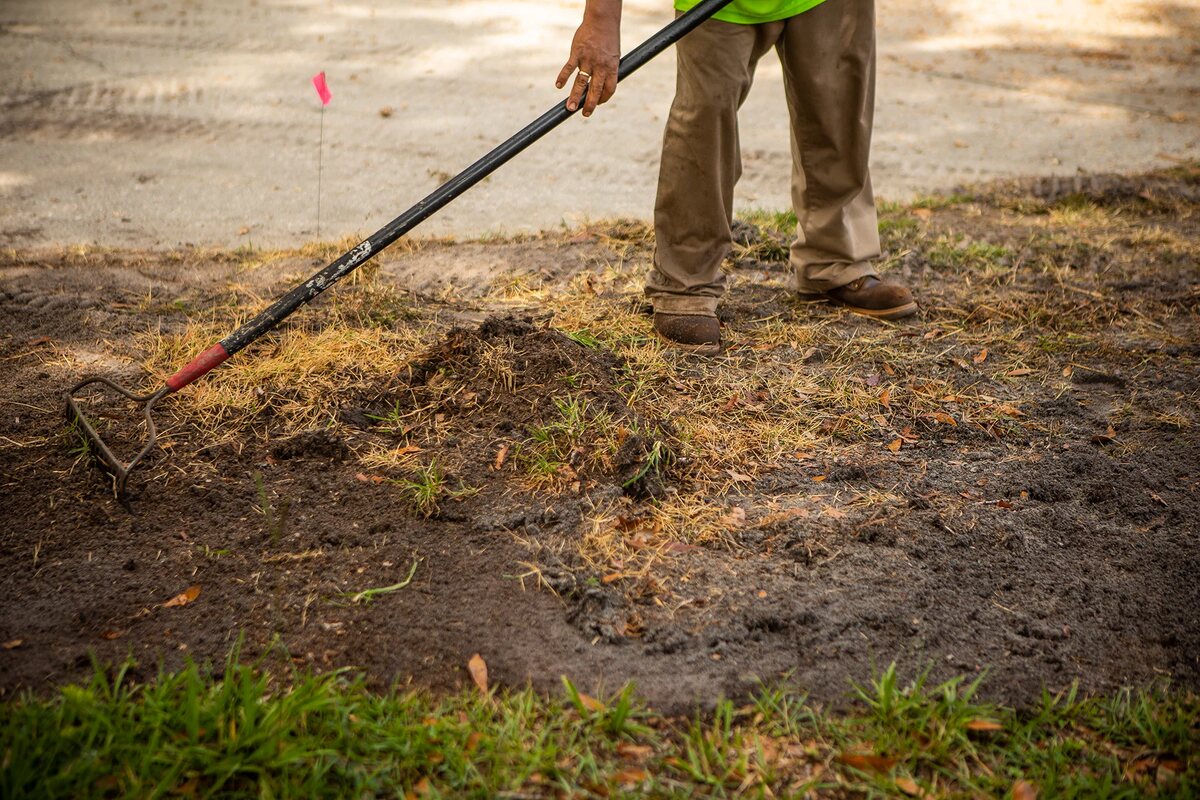
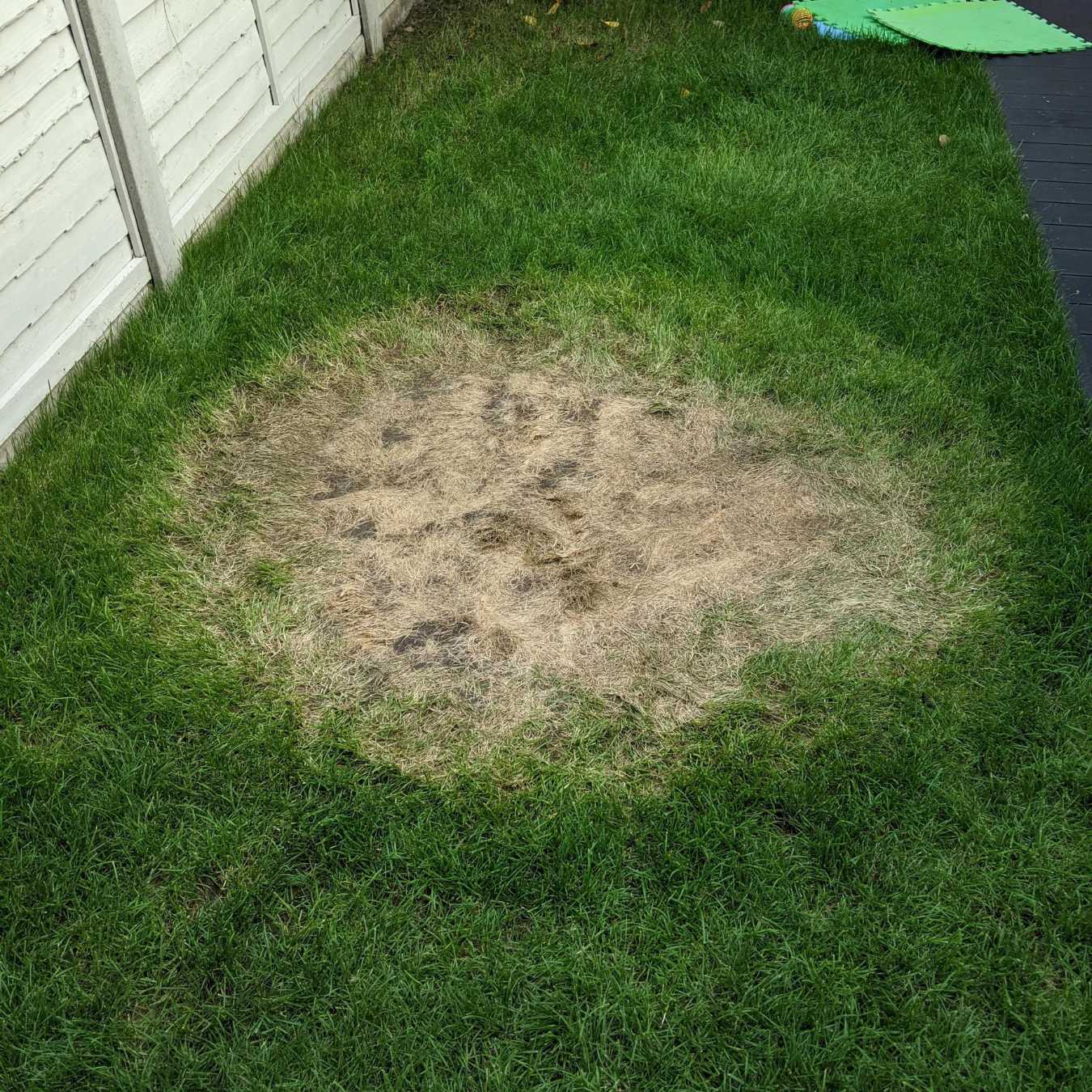
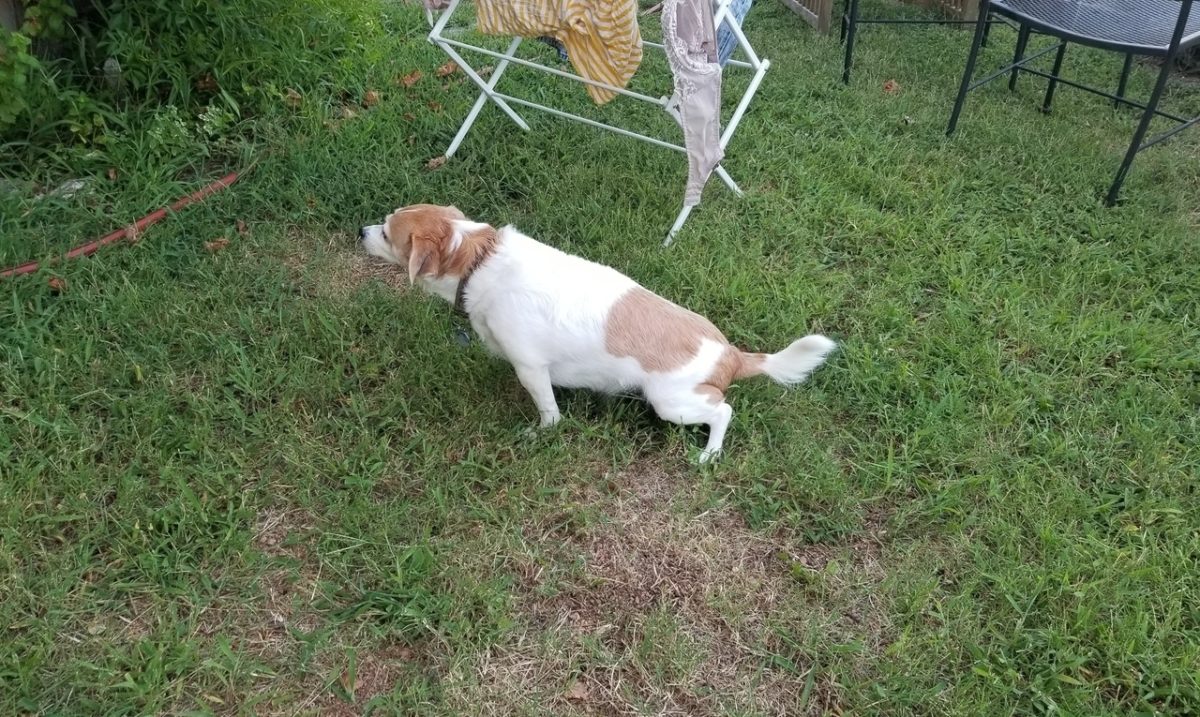
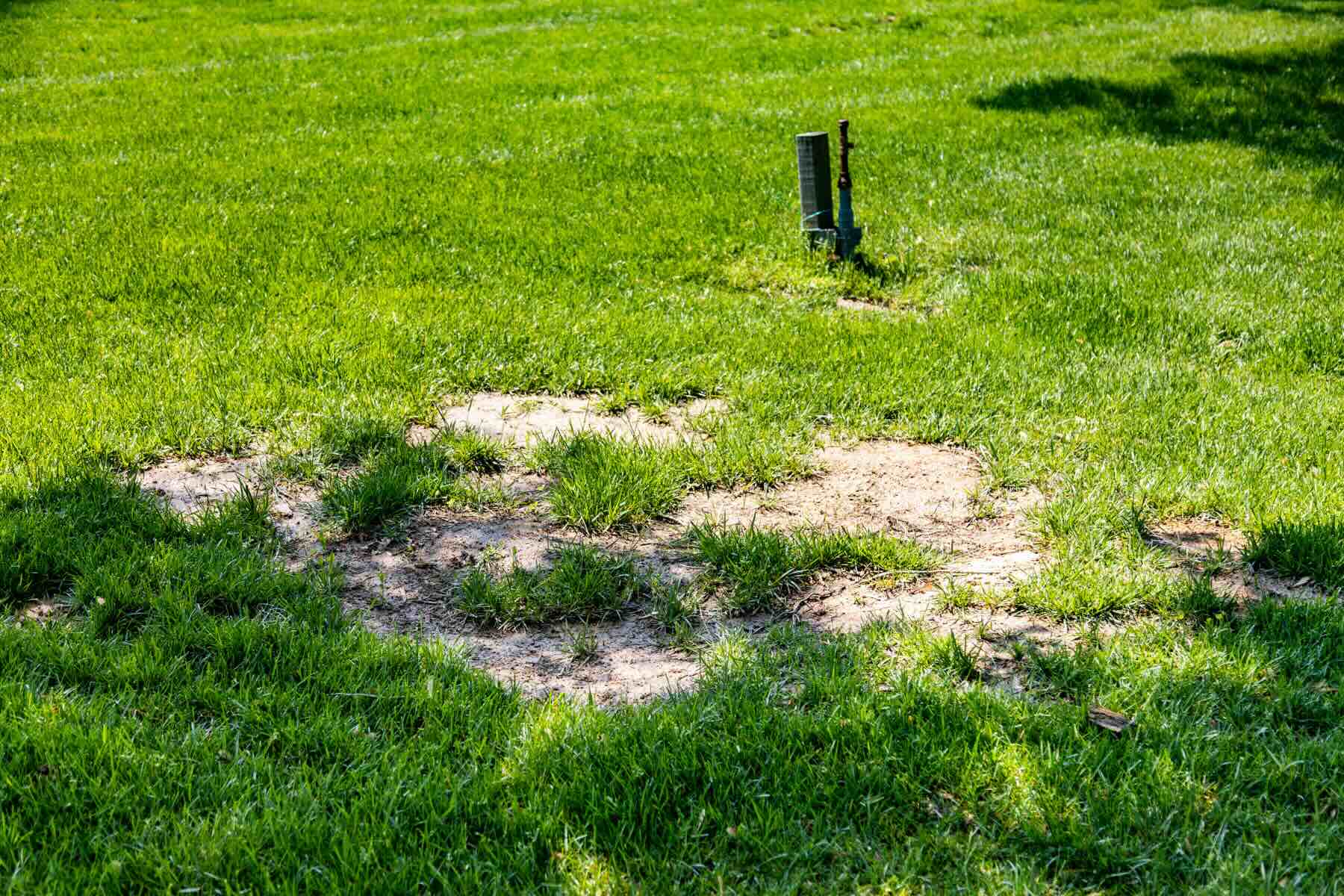
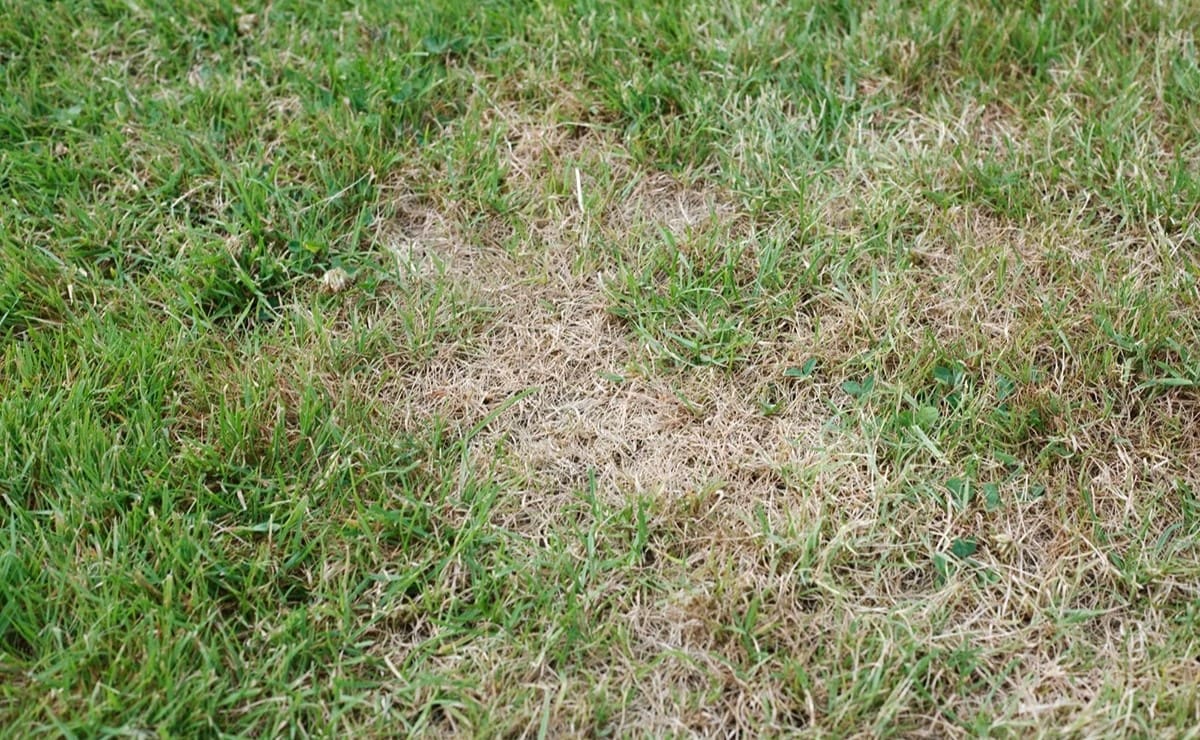

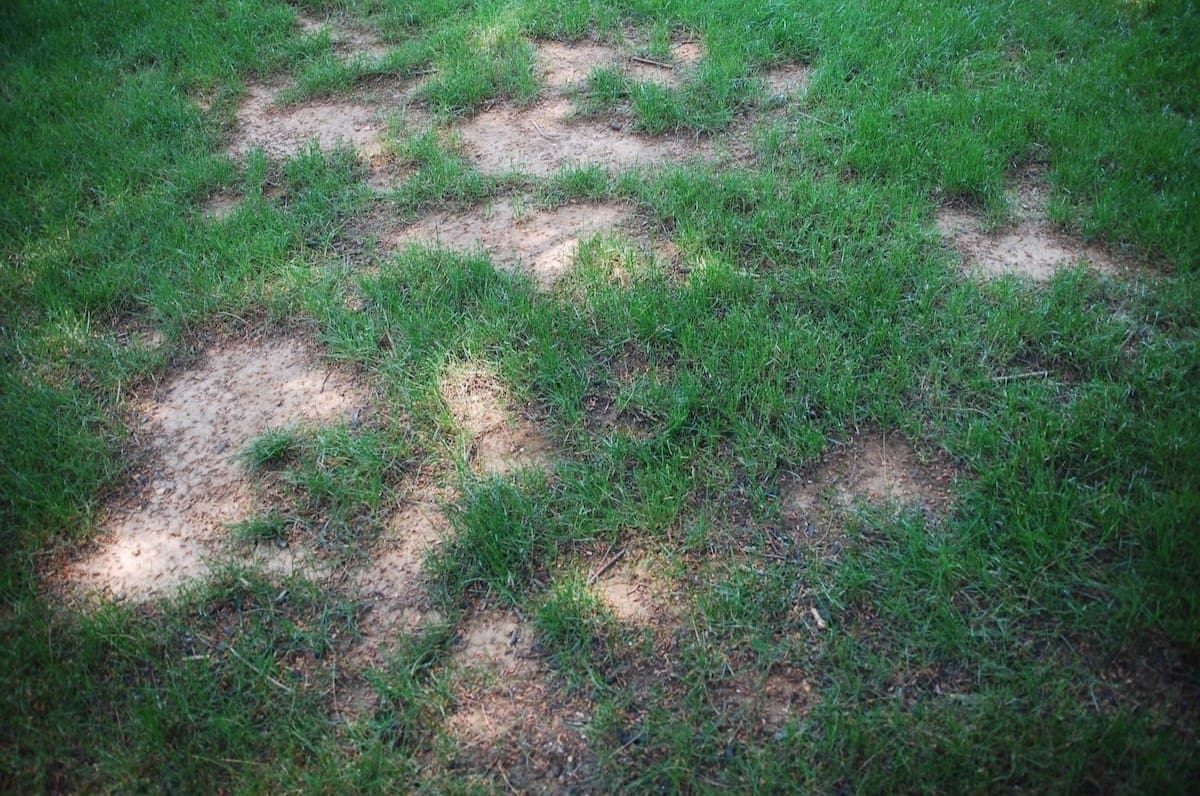
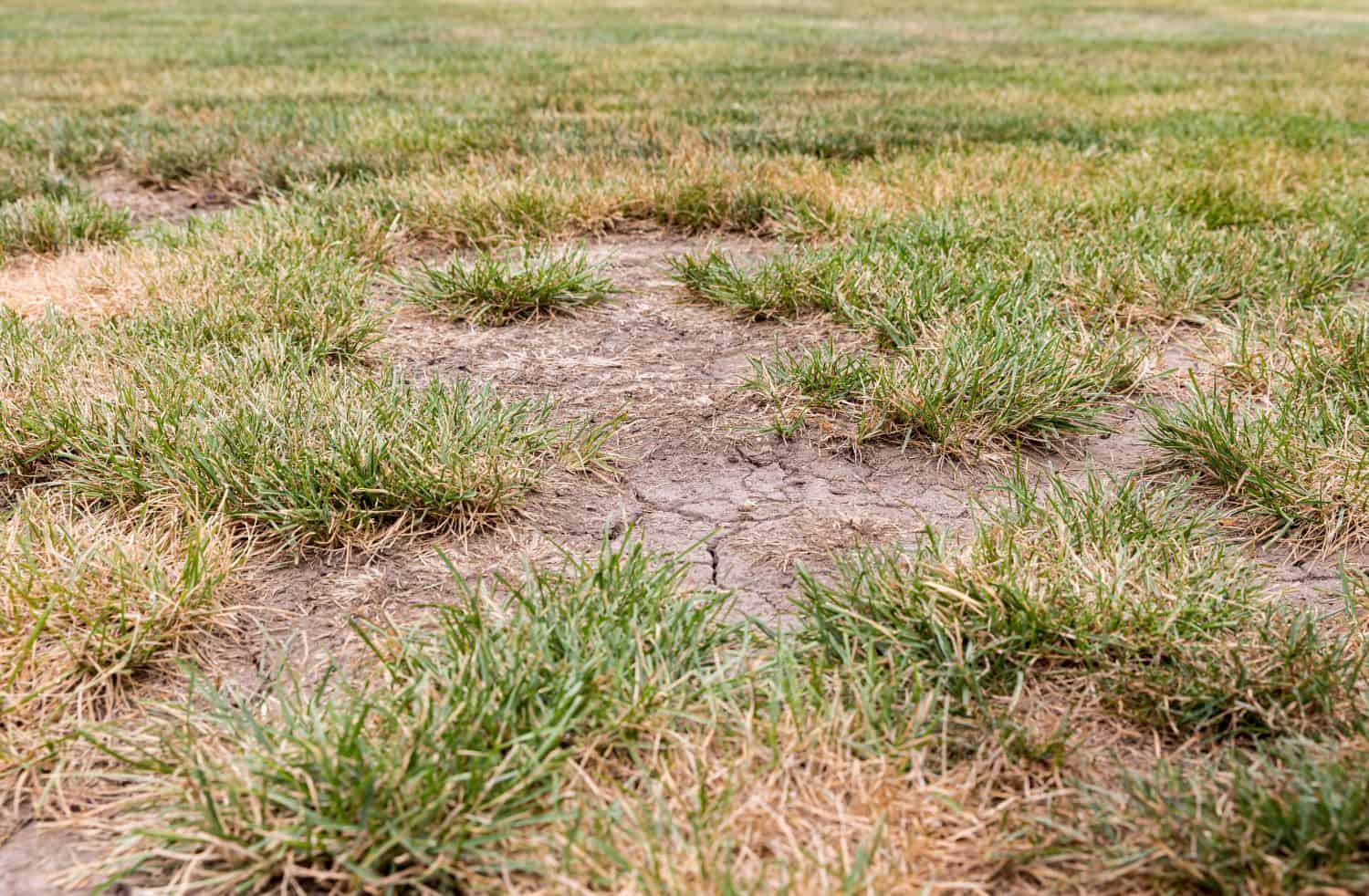
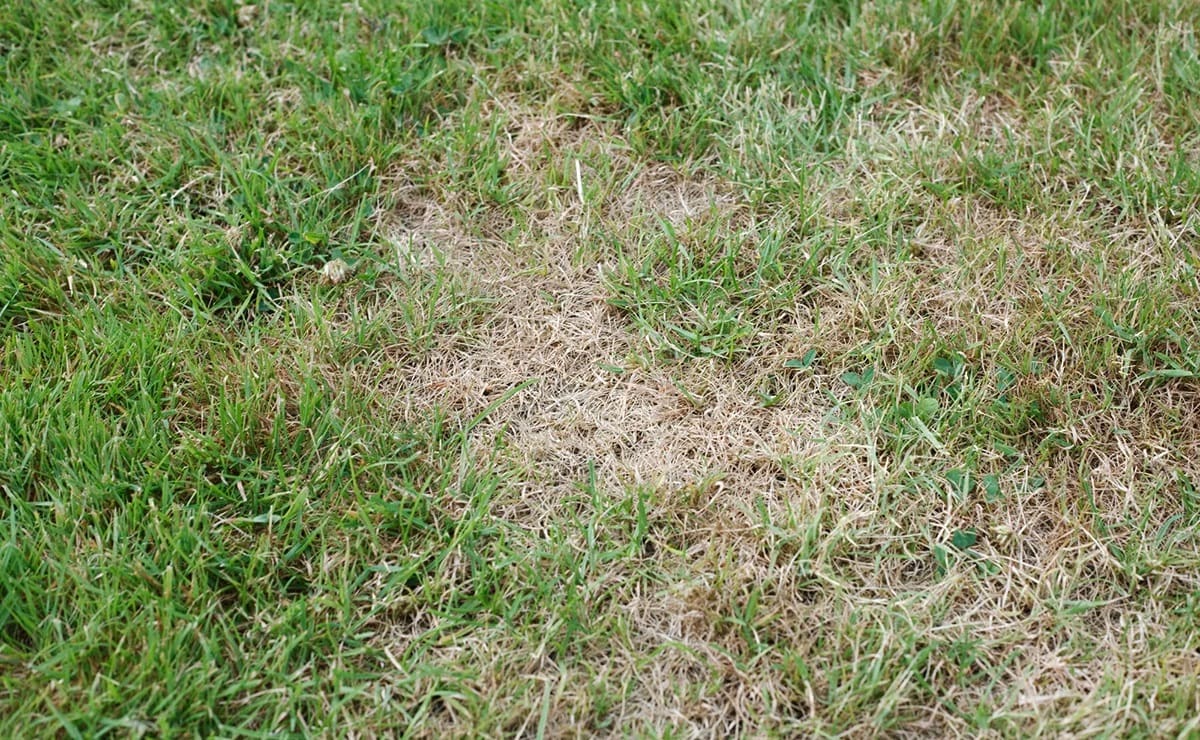
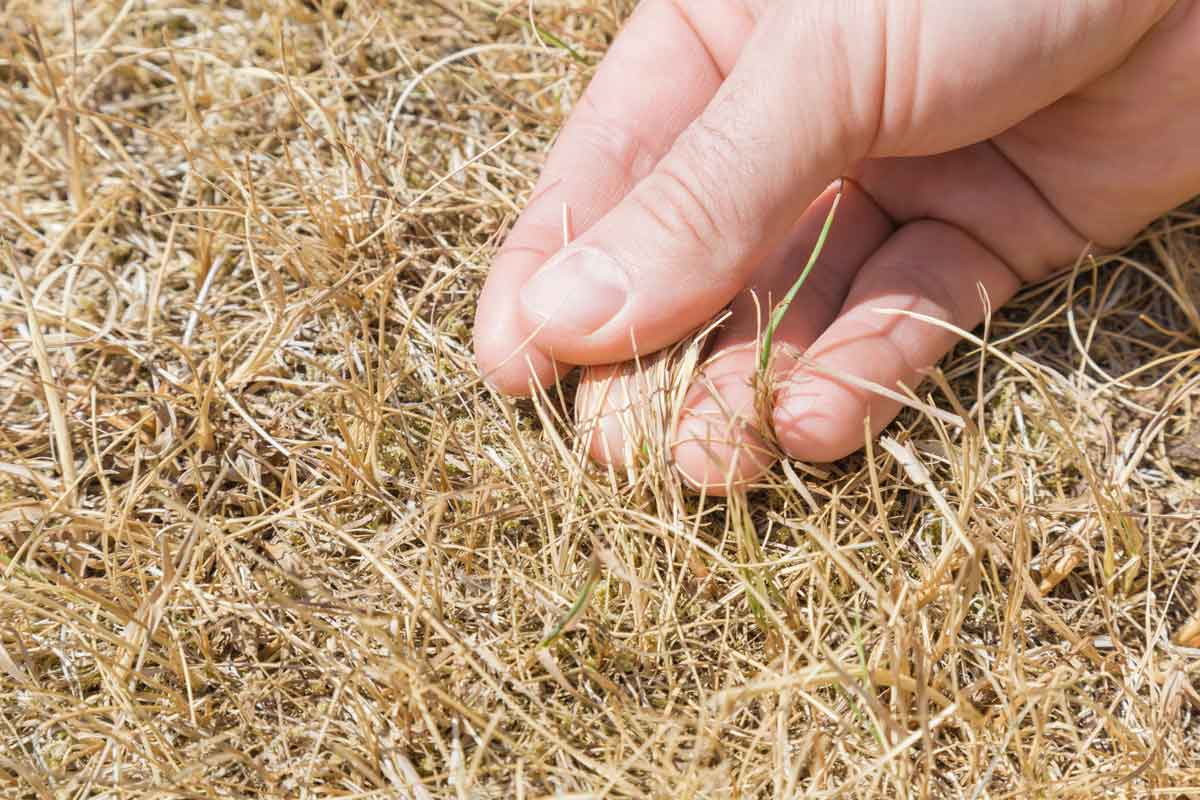
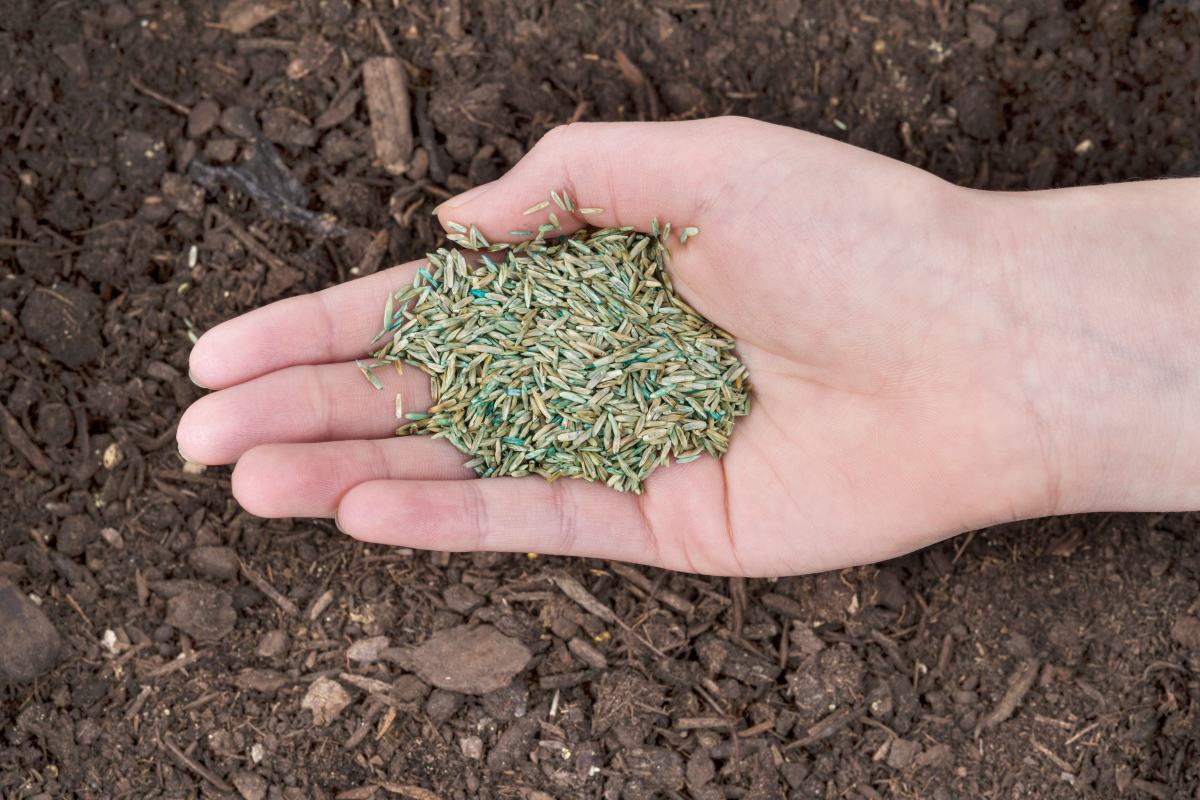
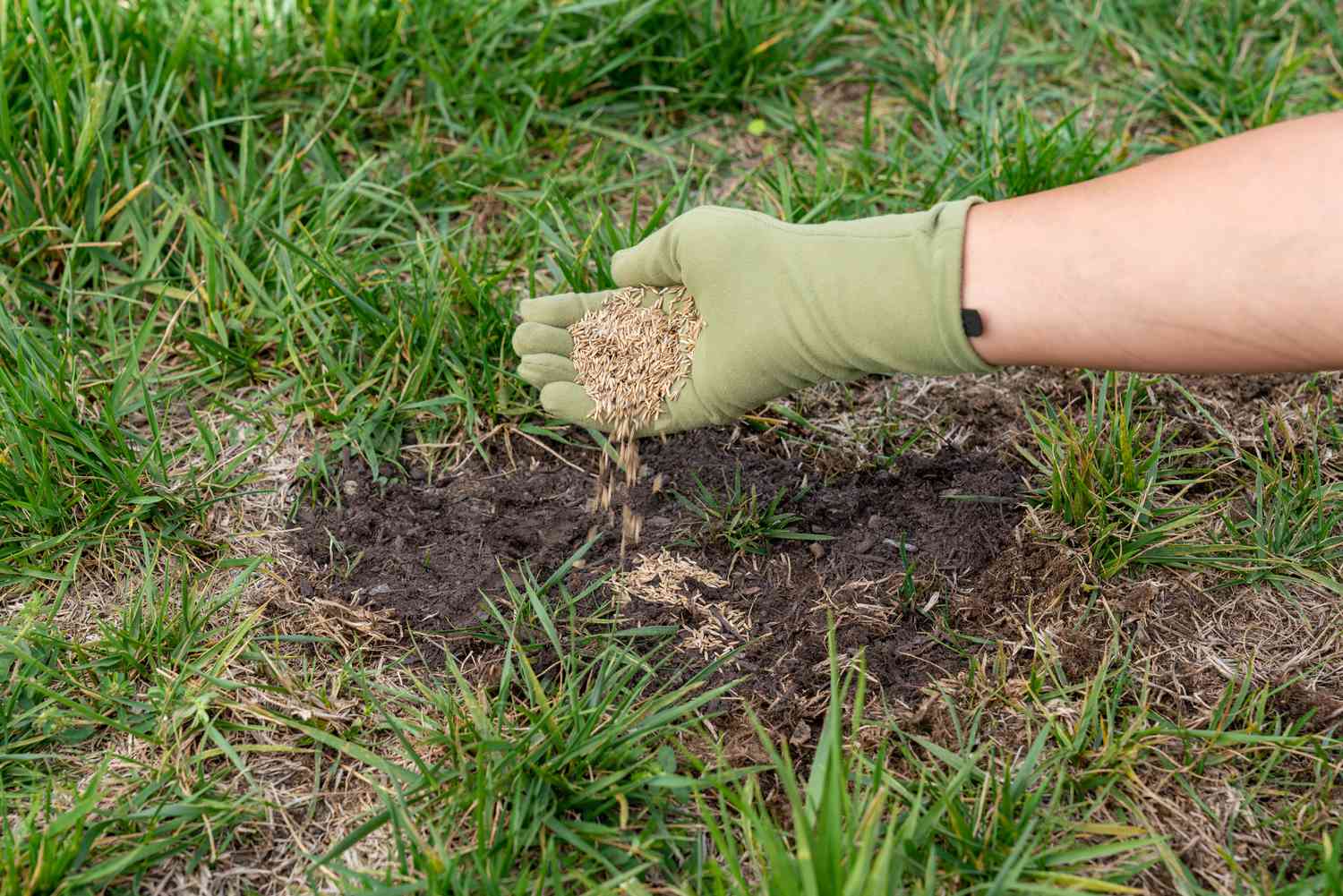
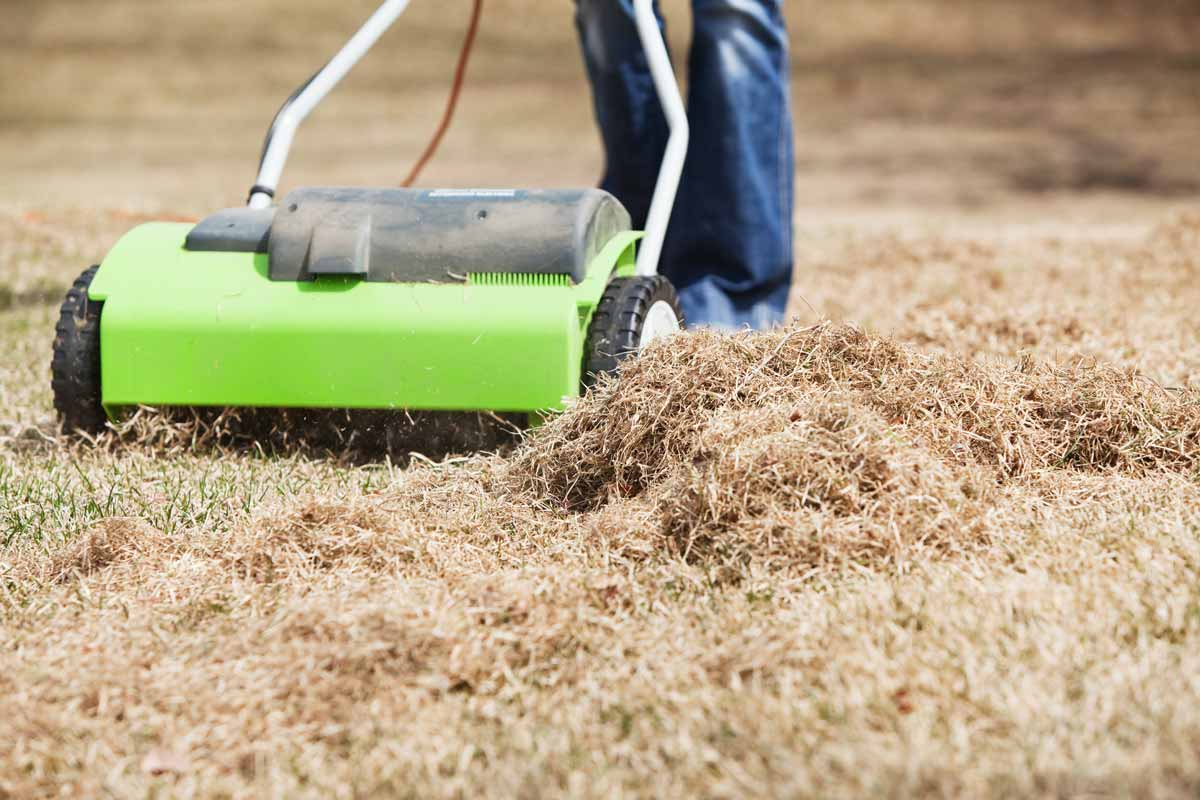
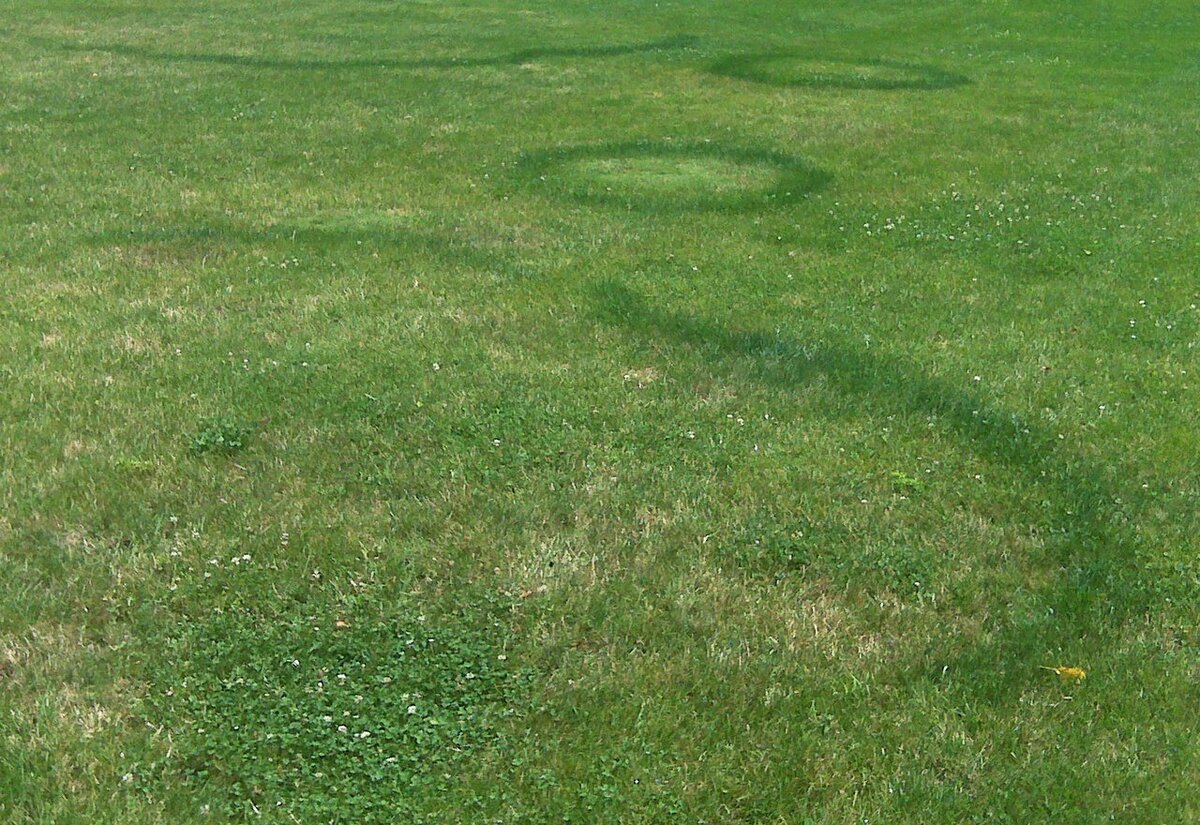
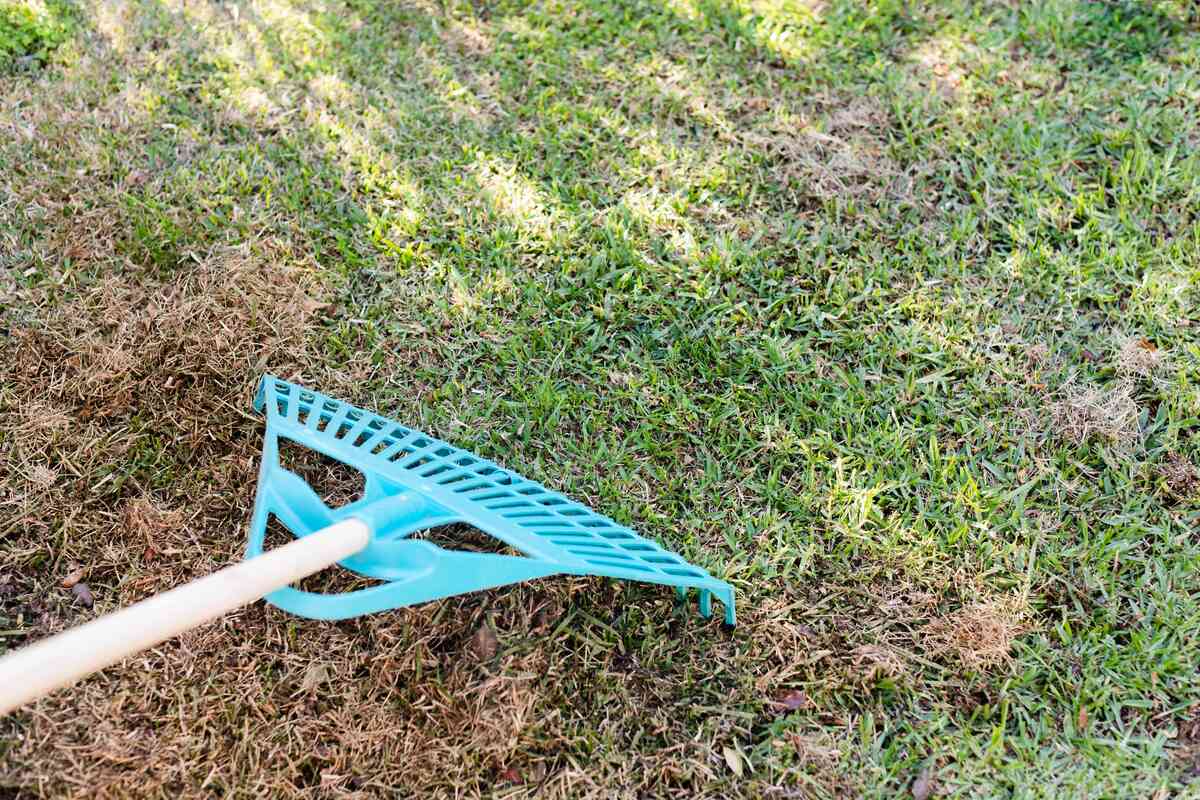

0 thoughts on “How To Fix Dead Grass Spots”